Toggle clamps, commonly used in industrial settings, manufacturing, and woodworking, are indispensable tools for holding workpieces securely. Their unique mechanism ensures a swift and easy lock, guaranteeing efficient operations.
Toggle clamps are versatile tools used primarily in industrial and woodworking settings to hold workpieces securely. They come in various designs including vertical, horizontal, push-pull, latch type, U-bar holding, solid bar, pneumatic, and welding clamps. Each design caters to specific tasks, ranging from simple holding functions to heavy-duty operations, ensuring efficiency and precision in every application.
Understanding the nuances of each toggle clamp can help you choose the right one for your task. Let’s dive in!
What is the purpose of toggle clamps?
Toggle clamps are devices designed to hold workpieces in place with a lever mechanism, ensuring secure, rapid clamping. They are mainly used in situations where repetitive holding, clamping, or releasing actions are required.
Used extensively in woodworking, metalworking, and assembly lines, toggle clamps help reduce the time and effort of manual clamping, ensuring precision and consistency in every task.
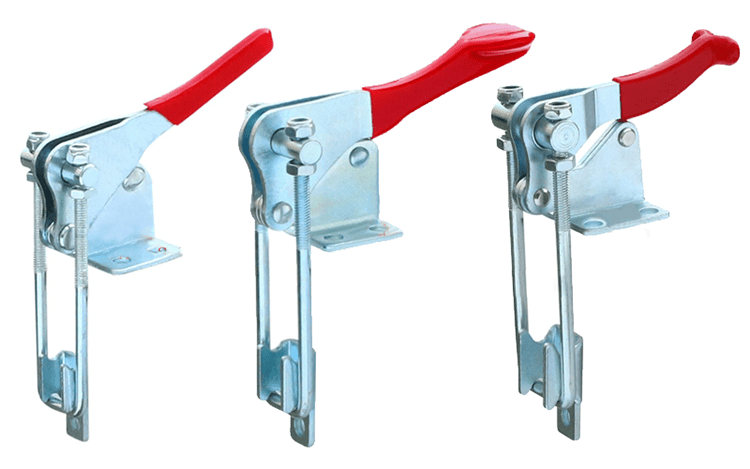
Why are vertical toggle clamps popular?
Vertical toggle clamps are among the most commonly used designs. They operate with a handle that moves up and down in a vertical motion. When engaged, the clamp secures the workpiece from above.
One advantage of vertical toggle clamps is their ability to provide significant holding force in a relatively small footprint. They are ideal for tasks that require robust clamping in confined spaces.
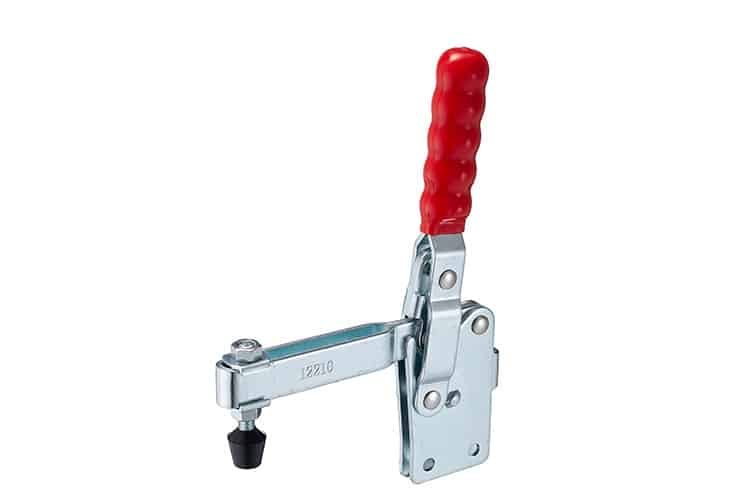
How do horizontal toggle clamps differ?
Unlike their vertical counterparts, horizontal toggle clamps have handles that move in a horizontal plane. Their design is suitable for operations where overhead obstructions are a concern.
These clamps are perfect for situations where there might be interference from above, offering flexibility in various setups and applications.
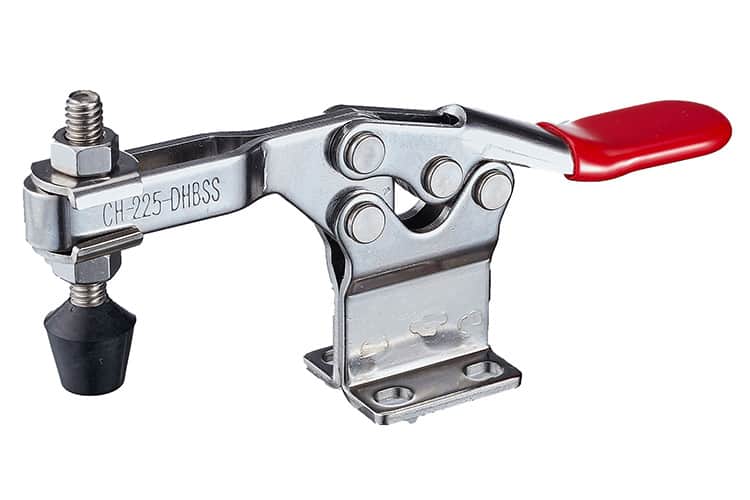
Are push-pull toggle clamps versatile?
Push-pull toggle clamps operate with a straight-line action. As the name suggests, they can push or pull the workpiece, depending on the configuration.
Their straight motion offers precision, making them apt for tasks that require linear action without any sideways or angular movements.
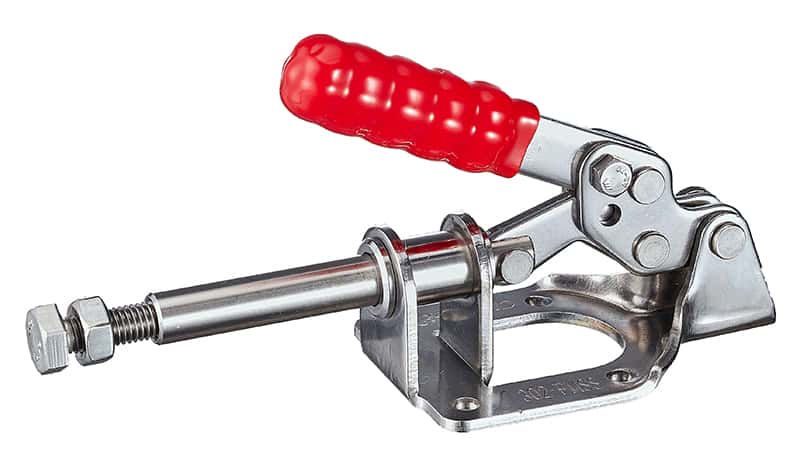
What are latch type toggle clamps used for?
Latch type toggle clamps utilize a latch mechanism to hold workpieces. They are predominantly used for sealing doors, lids, or molds due to their hook or latch design.
These clamps are particularly suitable for operations that need to join two pieces together securely, ensuring they remain connected throughout the process.
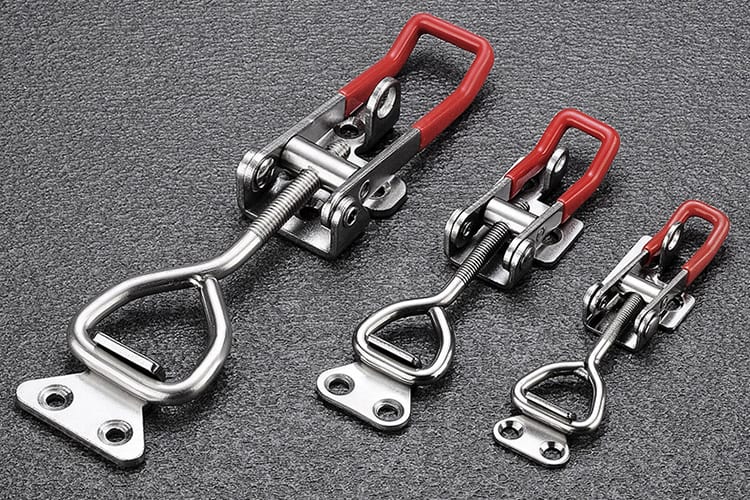
Why consider U-bar holding clamps?
U-bar holding clamps come with an adaptable bar, allowing users to modify or replace rubber tips or spindle to fit specific requirements.
This type of clamp provides flexibility and customization options, making it a favorite among users who have varying clamping needs.
Are there benefits to using solid bar clamps?
Solid bar clamps are similar to U-bar holding clamps but come with a solid bar, providing robust clamping force without adjustability.
While they may lack customization features, their solid construction guarantees stability and strength, especially when holding heavier workpieces.

How do pneumatic toggle clamps function?
Pneumatic toggle clamps leverage air pressure for their operation. They offer rapid action and are ideal for tasks that need frequent and consistent clamping and releasing actions.
Being powered by air, these clamps can be seamlessly integrated into automated systems, making them a staple in high-volume production setups.
Are there specialized clamps for welding?
Yes, welding clamps are specially designed for welding tasks. They are made with materials that resist welding spatter and ensure the workpiece remains stationary during welding.
Ensuring a firm grip, these clamps contribute to the safety and accuracy of welding tasks, an essential factor in quality control.
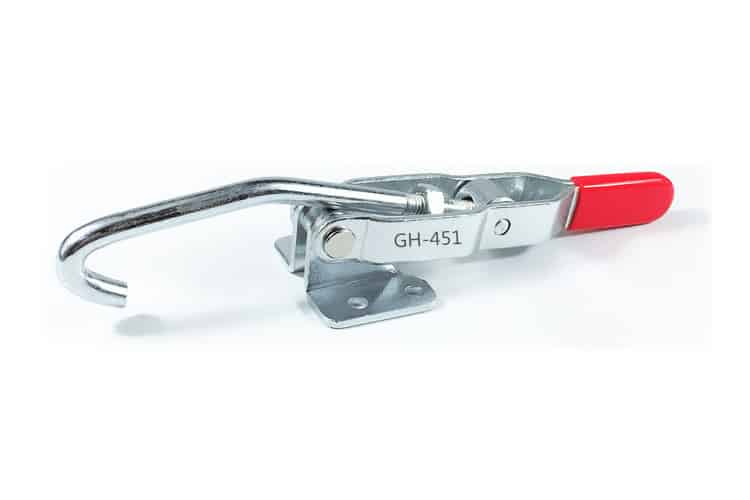
Can toggle clamps handle heavy-duty tasks?
Certainly! Heavy-duty toggle clamps are built to manage tasks that require higher holding capacities. They are constructed with durable materials and enhanced mechanisms.
These clamps can withstand significant pressure and are used in scenarios where both the size and weight of the workpiece are substantial.
Conclusion
Toggle clamps, with their diverse designs and functionalities, play an essential role in various industrial tasks. Whether it’s a delicate woodworking assignment or a heavy-duty industrial task, there’s a toggle clamp tailored for every need. Understanding these differences ensures efficiency and precision in every task undertaken.
You might also be interested:
